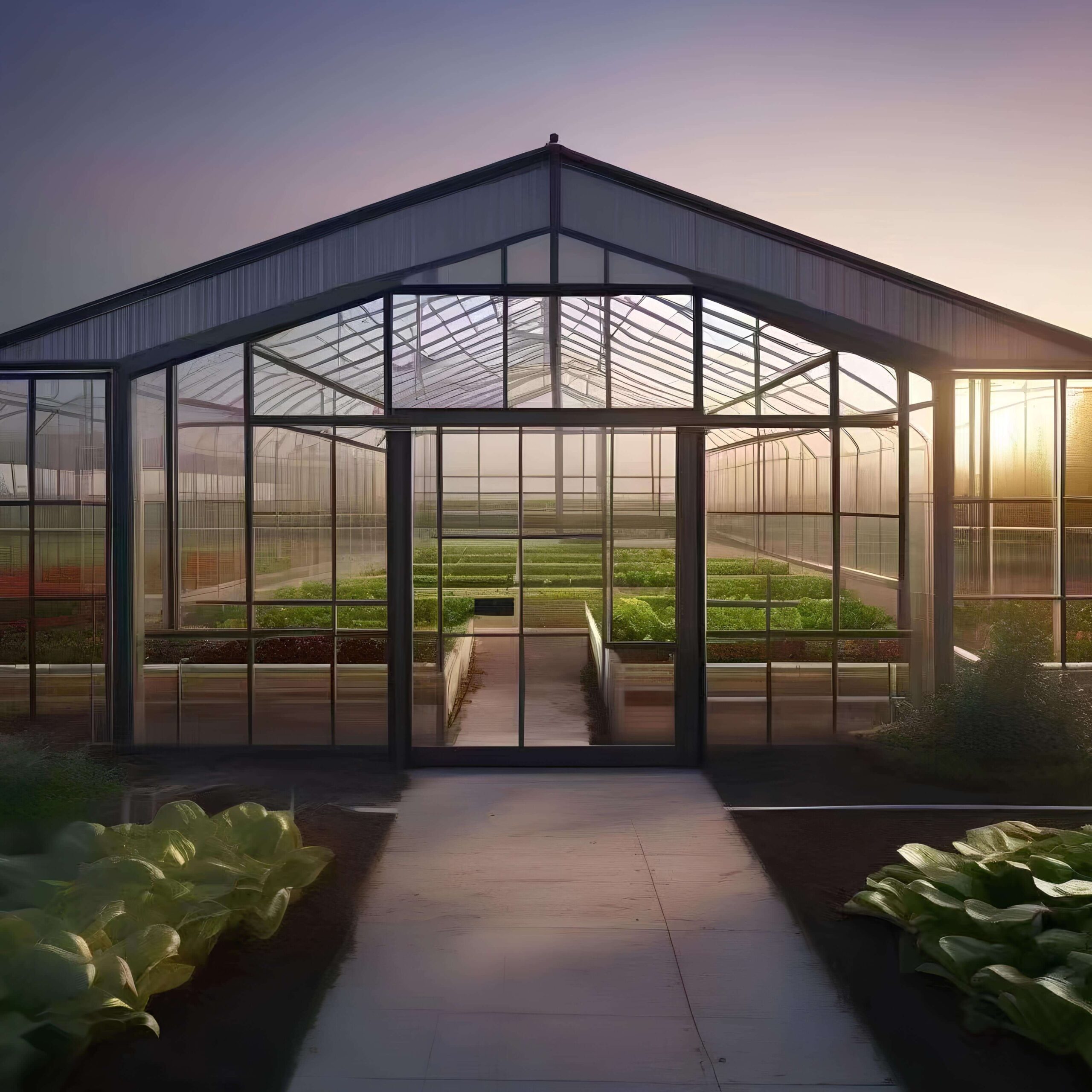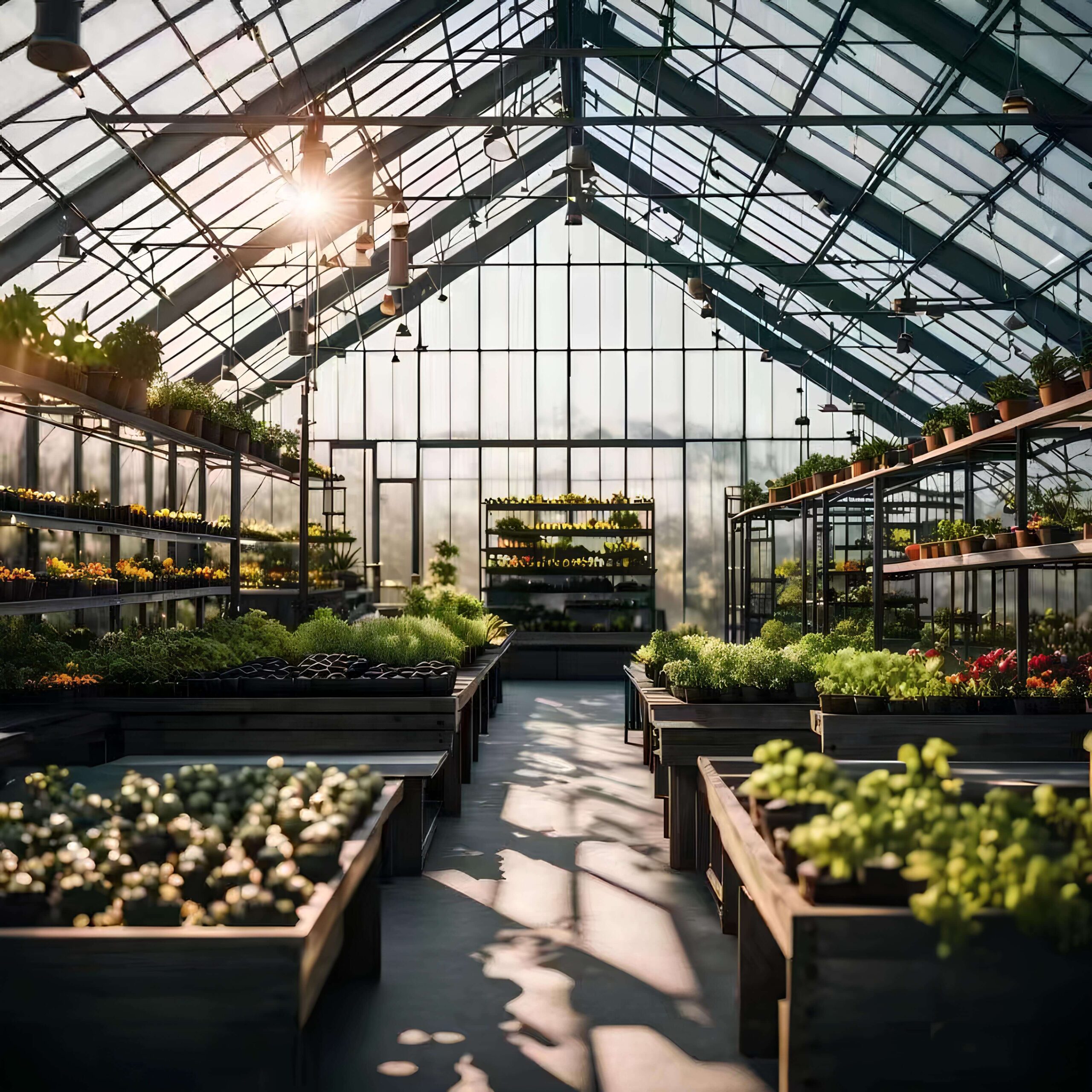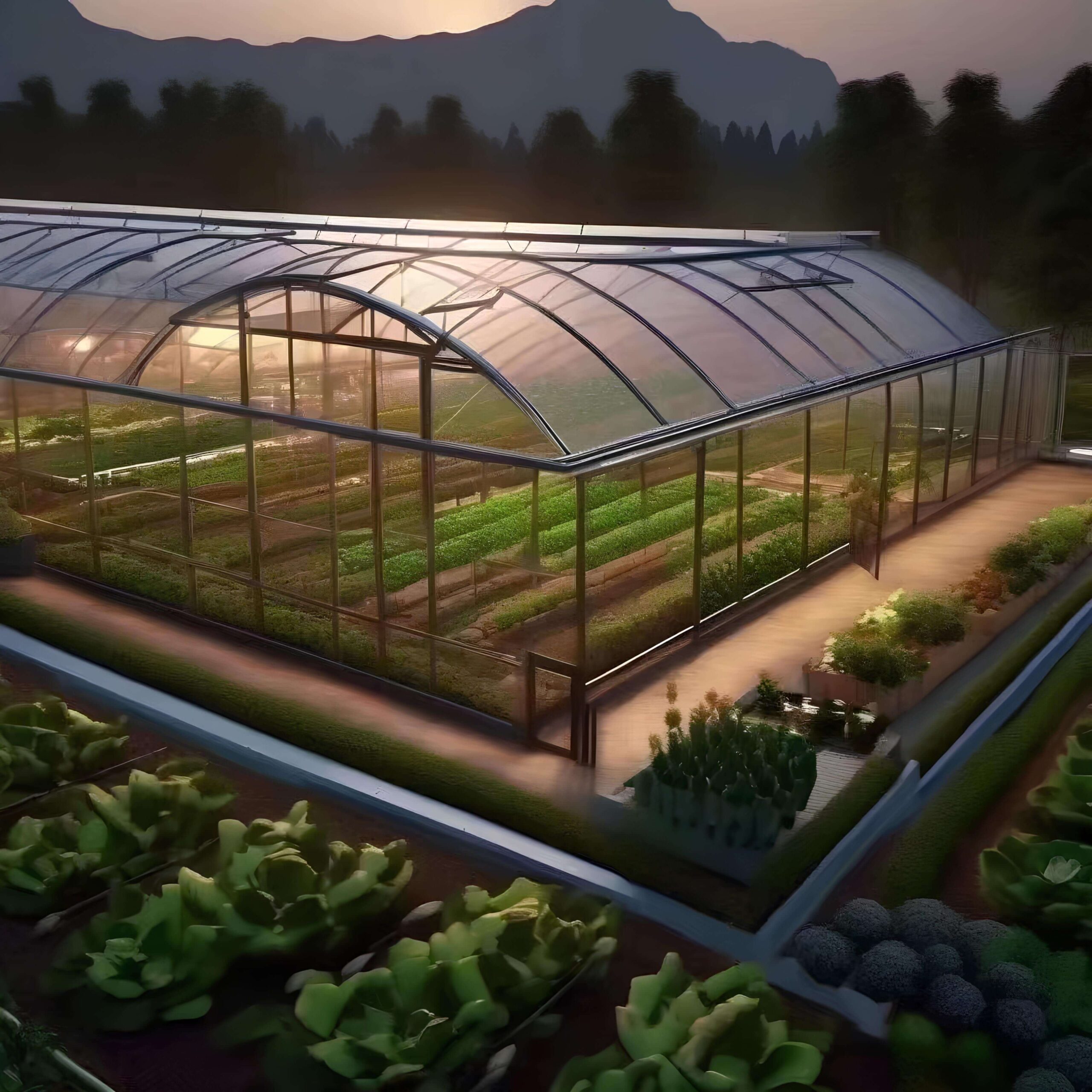Introduction: Elevating Horticulture through Expert Greenhouse Design
In the realm of horticulture, the realm of greenhouse professional design stands as a testament to human innovation and nature’s beauty. Beyond being structures, greenhouses are sanctuaries of growth, where the dance of science and aesthetics creates an environment conducive to thriving plant life. From harnessing natural light to orchestrating advanced climate control systems, the world of greenhouse design is a symphony of elements that converge to nurture botanical brilliance. In this exploration, we delve into the intricate world of greenhouse professional design, uncovering the principles, strategies, and techniques that foster both optimal plant growth and environmental sustainability.
- The Confluence of Scientific Precision and Artistic Flair
- Tailoring for Plant Diversity and Growth Stages
- Illuminating the Greenhouse Canvas: Natural Light Mastery of greenhouse design
- Constructive Ingenuity: Materials and Structures
- Climatic Control: Orchestrating Optimal Conditions
- The Automation Revolution: Efficiency and Precision
- Sustainability in Design: A Greener Approach
- Collaborative Excellence: Designer-Grower Synergy
- Conclusion: Cultivating the Future of Horticulture
The Confluence of Scientific Precision and Artistic Flair
At the heart of every greenhouse professional design lies the confluence of scientific precision and artistic flair. Greenhouse designers are not merely architects; they are horticulturalists who grasp the intricacies of plant biology and environmental science. Each design decision, from the layout to the choice of materials, is underpinned by the need to replicate and enhance natural conditions. The result is a meticulously crafted environment that mimics nature’s delicate balance while fostering vigorous plant growth.

Tailoring for Plant Diversity and Growth Stages
Greenhouses are microcosms of biodiversity, accommodating a wide range of plants with diverse needs. Professional designers excel in creating customized environments that cater to different growth stages and species requirements. Through zoning, partitioning, and adaptable shelving systems, designers ensure that plants with varying light, temperature, and humidity preferences coexist harmoniously. This tailored approach ensures every plant thrives within its unique ecological niche.
Illuminating the Greenhouse Canvas: Natural Light Mastery of greenhouse design
Natural light is the cornerstone of successful greenhouse professional design. Through meticulous orientation, placement of glazing, and shading strategies, designers harness sunlight’s transformative power. Roof angles and shading systems are thoughtfully designed to maximize light intake while minimizing shadows. The greenhouse becomes a canvas, where the interplay between architectural design and the sun’s trajectory paints an ever-changing masterpiece of illumination.

Constructive Ingenuity: Materials and Structures
Materials and structures in greenhouse design are testaments to constructive ingenuity. From innovative glazing materials with UV protection and light diffusion properties to the structural integrity of aluminum or galvanized steel frames, every element serves a purpose. Polycarbonate panels, often chosen for their insulation capabilities, create stable internal temperatures that foster consistent plant growth. This marriage of form and function ensures a resilient structure that safeguards the plants within.
Climatic Control: Orchestrating Optimal Conditions
The greenhouse environment is a symphony of climatic control orchestrated by professional designers. Utilizing advanced systems, these designers maintain optimal conditions regardless of external weather. Automated venting, louvers, and exhaust fans respond to real-time data, regulating temperature and humidity for optimal plant growth. The controlled environment minimizes stress on plants, reduces disease incidence, and fosters uniform growth.

The Automation Revolution: Efficiency and Precision
Automation is the heartbeat of modern greenhouse professional design. Automated irrigation systems deliver precise amounts of water directly to root zones, optimizing hydration and minimizing water wastage. State-of-the-art climate control systems adjust ventilation, shading, and humidity based on real-time data. Remote monitoring systems empower growers to manage their greenhouses from anywhere, ensuring efficiency, precision, and peace of mind.
Sustainability in Design: A Greener Approach
Professional greenhouse designers embrace sustainability as an integral component of design philosophy. Eco-friendly materials, energy-efficient systems, and eco-conscious practices are hallmarks of sustainable greenhouse design. Rainwater harvesting systems, solar panels, and biodegradable materials contribute to a reduced ecological footprint while enhancing productivity. Integrated pest management techniques underscore a commitment to natural solutions, aligning with nature’s balance.
Collaborative Excellence: Designer-Grower Synergy
The success of greenhouse professional design hinges on a collaborative partnership between designers and growers. Designers collaborate closely with growers, understanding their vision, goals, and challenges. This synergy ensures that the final design not only meets functional requirements but also encapsulates the grower’s aspirations. The result is a harmonious fusion of expertise that brings the greenhouse to life.

Conclusion: Cultivating the Future of Horticulture
Greenhouse professional design is a journey that intertwines passion, expertise, and reverence for nature. It’s a celebration of life, growth, and sustainability. With every design decision, every material choice, and every innovation, greenhouse designers pave the way for a greener and more productive future in horticulture. As we unveil the intricate layers of greenhouse professional design, we recognize that each structure is a tribute to human ingenuity and a testament to the endless possibilities of nurturing life.
0 Comments